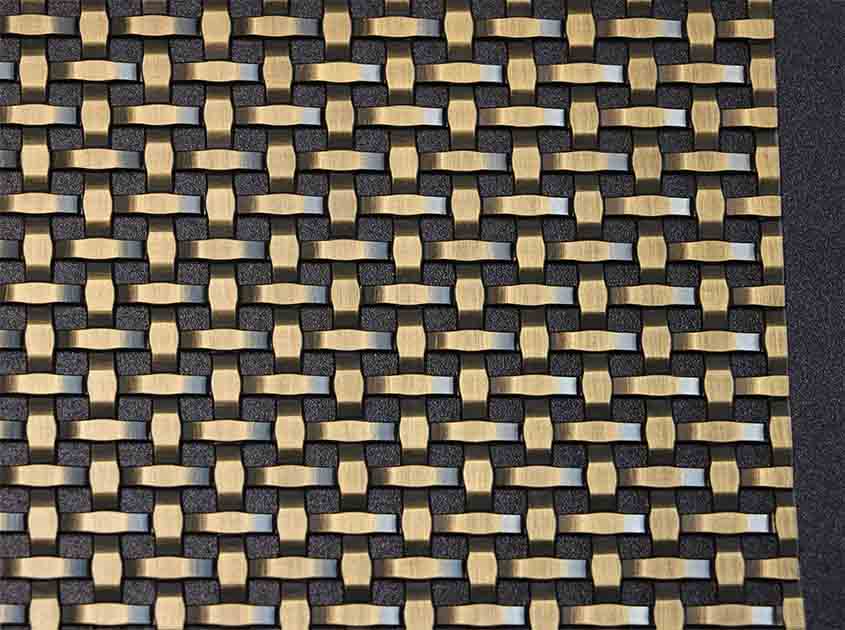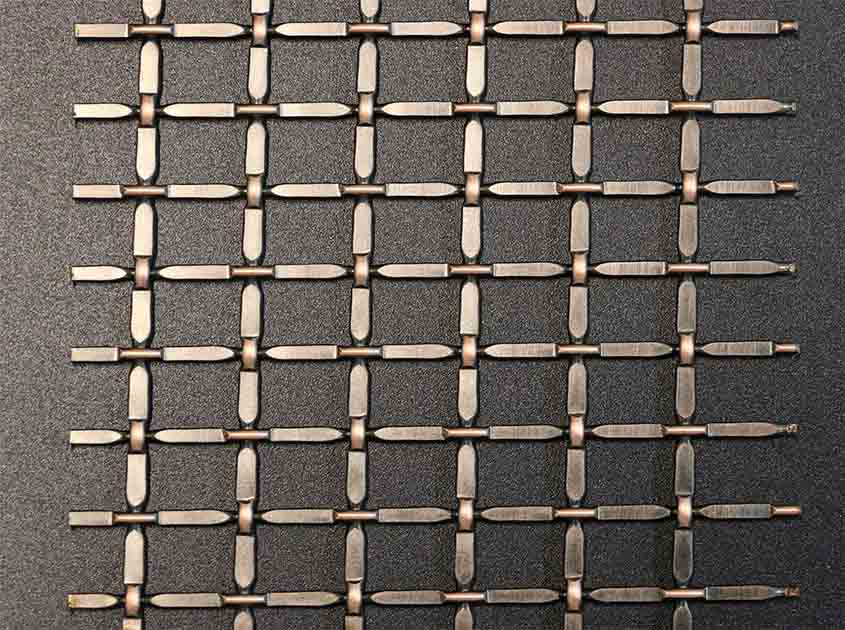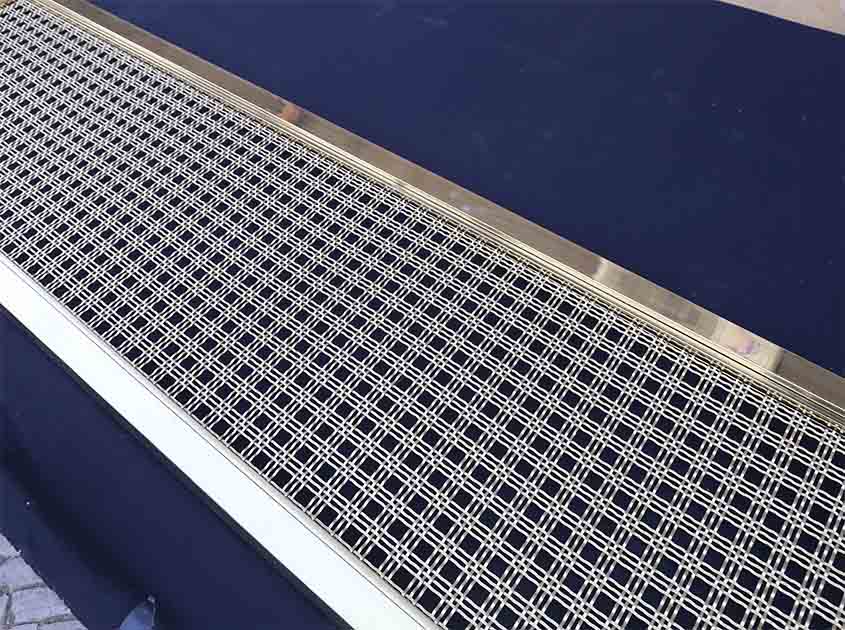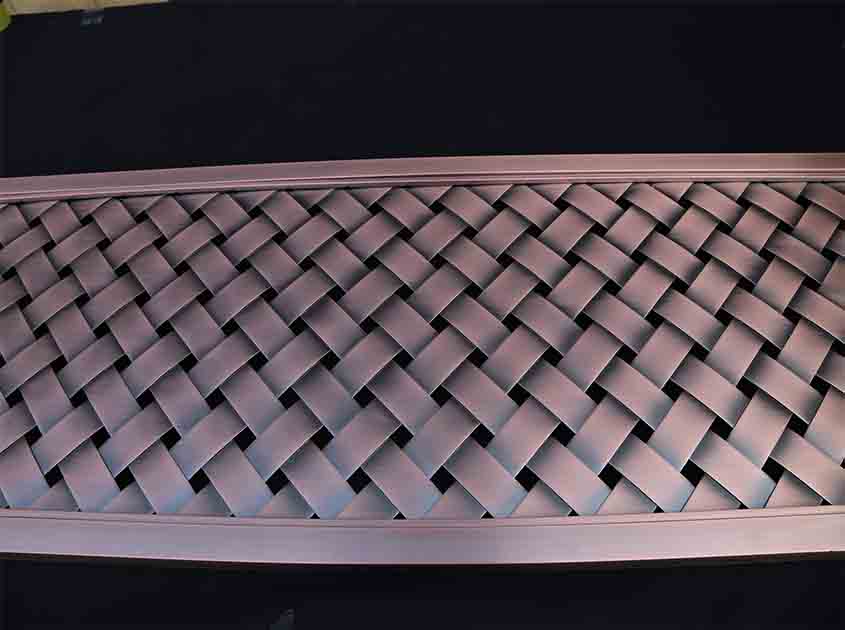One such solution that has gained prominence is the use of architectural woven mesh. Not only does it offer a visually stunning aesthetic, but it also brings a range of sustainable benefits to green building design. Let's delve into the sustainability aspects of architectural woven mesh and how it contributes to creating environmentally conscious spaces.

Material Selection: Architectural woven mesh is often manufactured using durable and sustainable materials such as stainless steel, aluminum, or other recyclable metals. These materials have a long lifespan and can be recycled at the end of their use, reducing the demand for new resources. Additionally, the production process for architectural woven mesh often involves minimal energy consumption and produces little to no waste.

Natural Ventilation and Daylighting: One of the key advantages of architectural woven mesh is its ability to promote natural ventilation and daylighting. The open structure of the mesh allows for optimal airflow, reducing the need for energy-intensive mechanical ventilation systems. Furthermore, the mesh filters and diffuses natural light, reducing the reliance on artificial lighting during the day. This not only reduces energy consumption but also creates a healthier and more comfortable indoor environment.

Thermal Performance: Architectural woven mesh can contribute to the thermal performance of a building. By strategically placing the mesh as external shading devices or as a layer of insulation, it can help regulate the building's temperature and reduce the load on mechanical heating and cooling systems. This results in energy savings and a more sustainable overall building performance.

Green Façade and Biophilic Design: Architectural woven mesh can be used as a green façade element, providing support for climbing plants and vertical gardens. This integration of vegetation not only enhances the aesthetic appeal of the building but also contributes to improved air quality, thermal regulation, and biopersity. Incorporating biophilic design principles through the use of architectural woven mesh fosters a connection to nature, promoting occupants' well-being and productivity.

Stormwater Management: Architectural woven mesh can be utilized in rain screen systems or as part of green roofs to manage stormwater runoff. By allowing water to pass through the mesh and into integrated drainage systems, it helps reduce the strain on municipal stormwater infrastructure and supports water conservation efforts.
pre:Architectural Woven Mesh as Decorative Elements: The Art of Light and Shadow
next:Transforming Interiors: Architectural Woven Mesh in Ceiling and Wall Applications
© 2025 Joinwin Architectural Wire. All Rights Reserved. | Sitemap
Recommended Read
The Beauty of Texture: Architectural Woven Mesh in Interior Wall Panels
The Art of Light Play: Architectural Woven Mesh in Lighting Installations